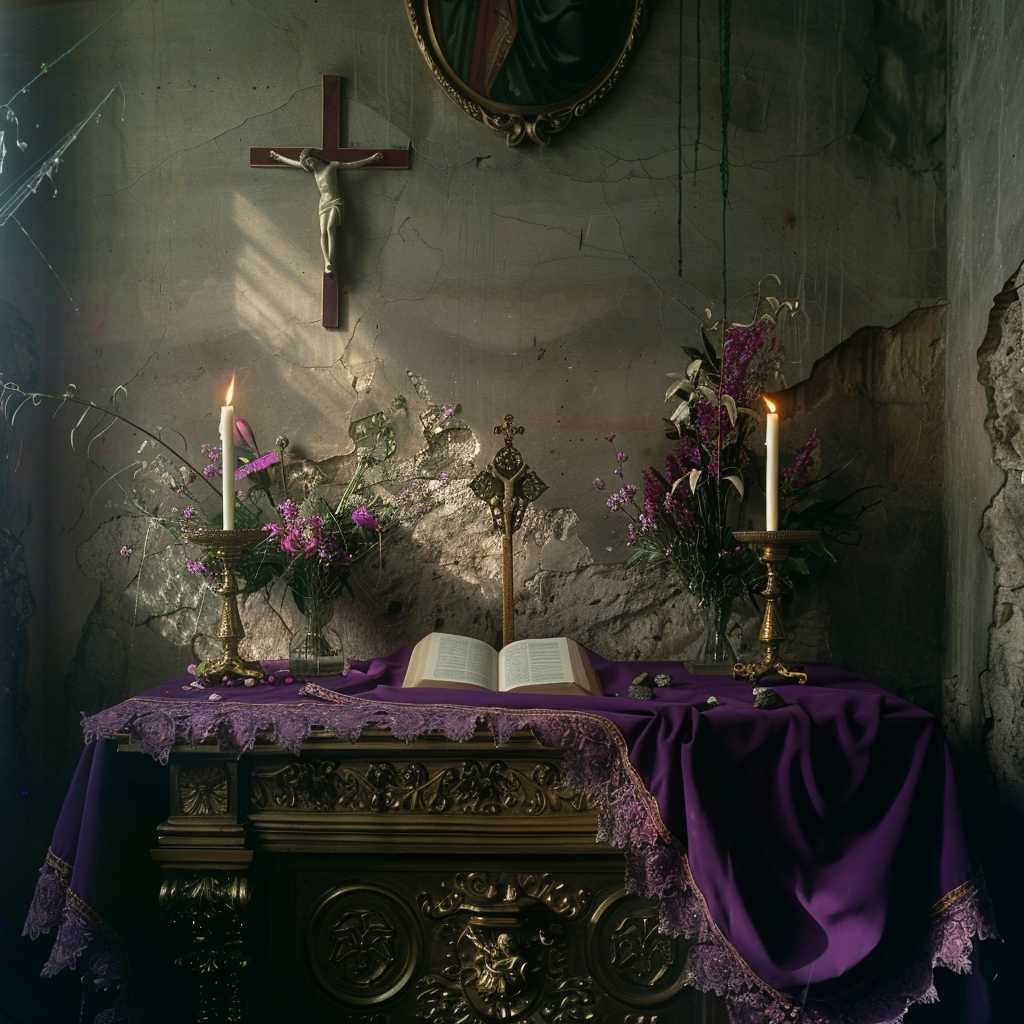Understanding Maundy Thursday: Observances and Traditions
Maundy Thursday, also known as Holy Thursday, is a significant day for Christians around the globe. It falls on the Thursday before Easter and commemorates the Last Supper of Jesus Christ with his apostles, as described in the Christian scriptures. This poignant occasion combines somber reflection on the sacrifice of Jesus with ceremonies that emphasize service and humility, capturing the events that transpired during His last night before crucifixion.
Historical Context and Biblical Accounts
The significance of Maundy Thursday derives from the events it remembers. According to the New Testament, particularly in the books of Matthew, Mark, Luke, and John, this day recalls Jesus washing the feet of his disciples—a gesture that showcased deep humility and service—and the institution of the Eucharist or Holy Communion at the Last Supper. The narrative details Jesus’s offering of bread and wine as symbols of his body and blood, forming a new covenant meant to be remembered by successive generations.
The Name ‘Maundy’ Explained
The term “Maundy” comes from the Latin word “mandatum,” which means “command” or “mandate.” This relates to Jesus’s commandment to his disciples after he washed their feet: “A new command I give you: Love one another. As I have loved you, so you must love one another” (John 13:34). This instruction underpins one of the key themes of the day: love and service to others.
Rituals and Customs Around The World
Maundy Thursday is observed by various denominations with different practices and rituals. Here are some common ways it is marked around the world:
Foot Washing Ceremonies
In many Christian traditions, there is a special church service that includes foot-washing rituals to emulate Jesus’s actions on that day. In some churches, the clergy washes the feet of congregants as a symbolic gesture to remind believers of their commitment to serving one another.
Holy Communion Services
Being that Maundy Thursday honors the institution of the Eucharist, many churches hold special communion services. This act of sharing bread and wine (or their substitutes) draws participants into an intimate connection with the events of the Last Supper.
Stripping of the Altar
An observance known as the “stripping of the altar” occurs in some churches. This involves slowly and solemnly removing all adornments from the church altar. This symbolizes the abandonment of Jesus by his disciples and the stripping away of Jesus’ garments before his crucifixion.
Tenebrae Services
Tenebrae services may be held on Maundy Thursday evening in some traditions. It is characterized by a progressive extinguishing of candles, ending in darkness to symbolize the approaching death of Jesus and his descent into hell.
Observing Maundy Thursday at Home: Liturgical Moments in Domestic Spaces
While Maundy Thursday is primarily marked by church services, many observers also bring liturgical moments into their home life. This can include reading passages from scripture relating to Jesus’s final night with His disciples or partaking in family prayers that reflect upon service to others. Family discussions about what it means to love and serve others are also common during intimate home observances.
Cultural Variations In Celebrating Maundy Thursday
Different cultures have added unique touches to Maundy Thursday. For example, In the Philippines, a Catholic-majority country, people perform church visits or “Visita Iglesia,” praying at seven different churches as a form of pilgrimage.
